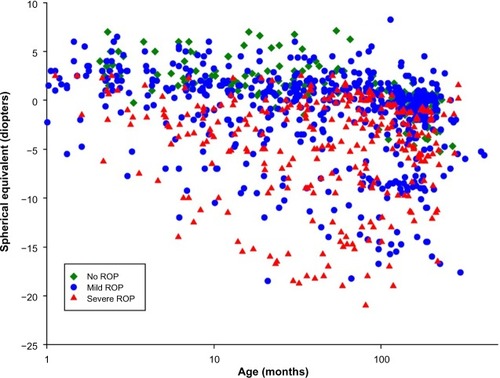Figures & data
Figure 1 The developmental increase in rhodopsin content of the retina and temporal retinal coverage by large vessels.
Abbreviation: ROP, retinopathy of prematurity.
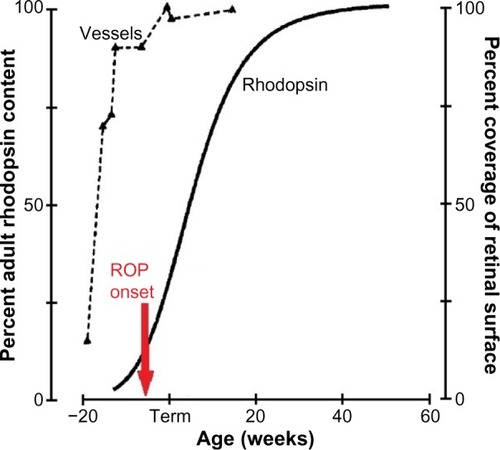
Table 1 Classification of subjects in our ROP studies
Figure 2 Sample rod-mediated ERG responses to full-field stimuli.
Abbreviations: ERG, electroretinogram; ROP, retinopathy of prematurity.
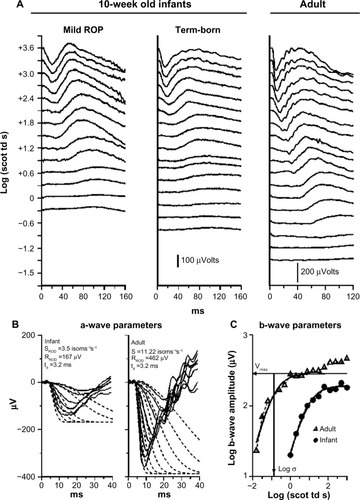
Figure 3 Rod-mediated spatial summation.
Abbreviations: DCRIT, critical diameter; ROP, retinopathy of prematurity.
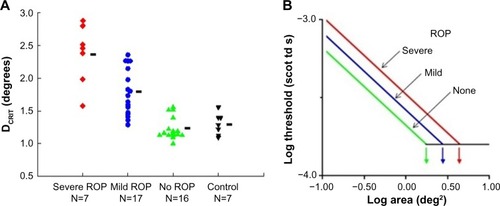
Figure 4 Rod-mediated temporal summation.
Abbreviations: tCRIT, critical duration; ROP, retinopathy of prematurity.
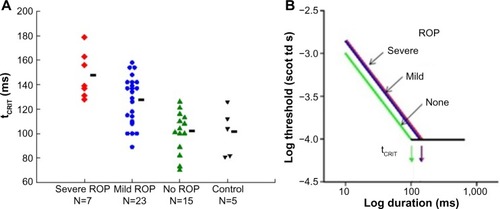
Figure 5 Diagram of the International Classification of Retinopathy of Prematurity zonesCitation24 with a superimposed fundus photograph on which the optic disc and fovea are indicated.
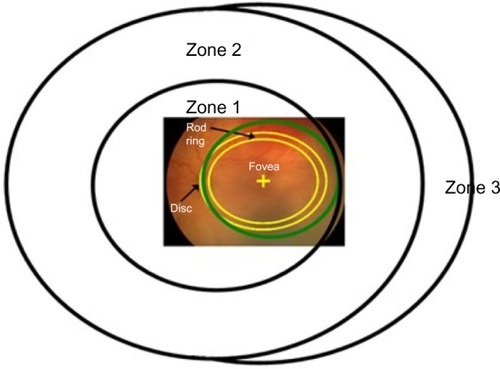
Figure 6 Adaptive optics OCT images of ROP and control subjects.
Abbreviations: mfERG, multifocal ERG; OCT, optical coherence tomography; OD, right; OS, left; ROP, retinopathy of prematurity; ILM, inner limiting membrane; NFL, nerve fiber layer; GCL, ganglion cell layer; IPL, inner plexiform layer; INL, inner nuclear layer; OPL, outer plexiform layer; ONL, outer nuclear layer; ELM, external limiting membrane; CC, connecting cilium; RPE, retinal pigment epithelium; C, choroid.
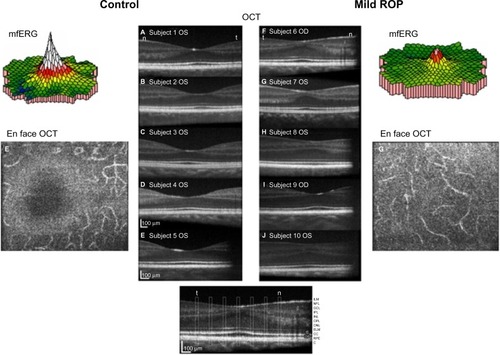
Figure 7 Spherical equivalent refraction (diopters) as a function of age (months).
Abbreviations: ROP, retinopathy of prematurity; PL, prediction limit.
